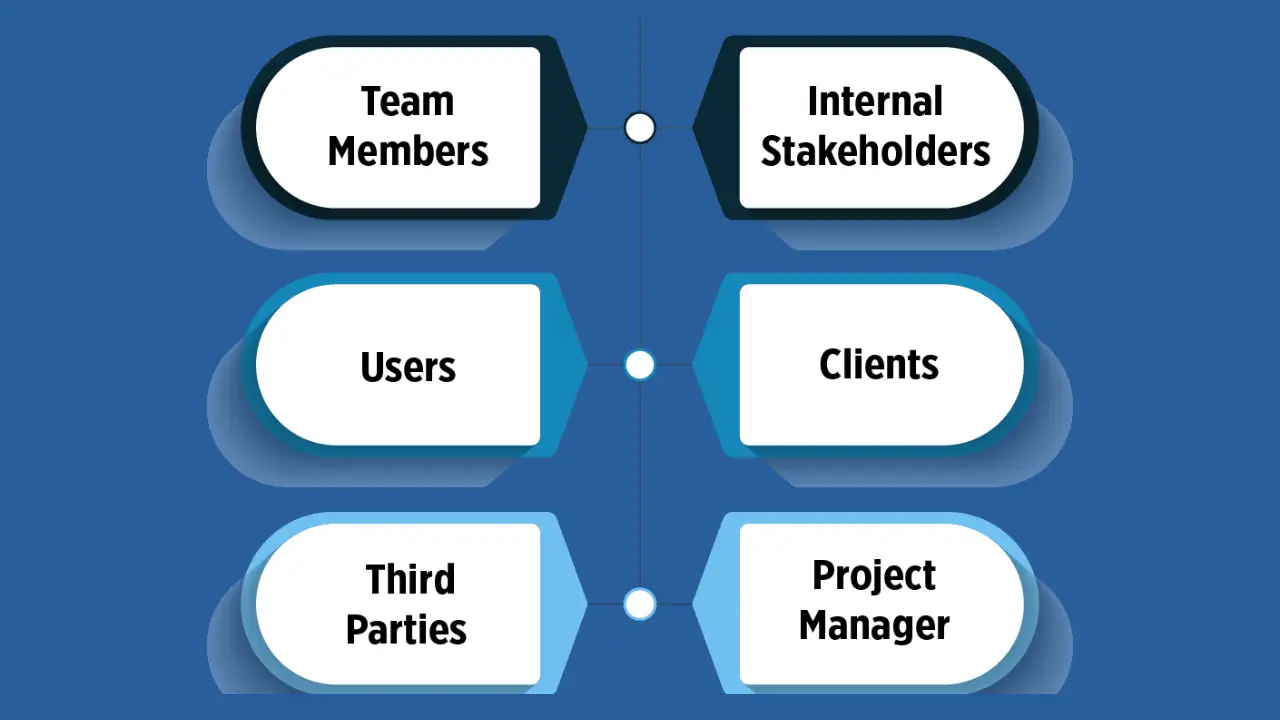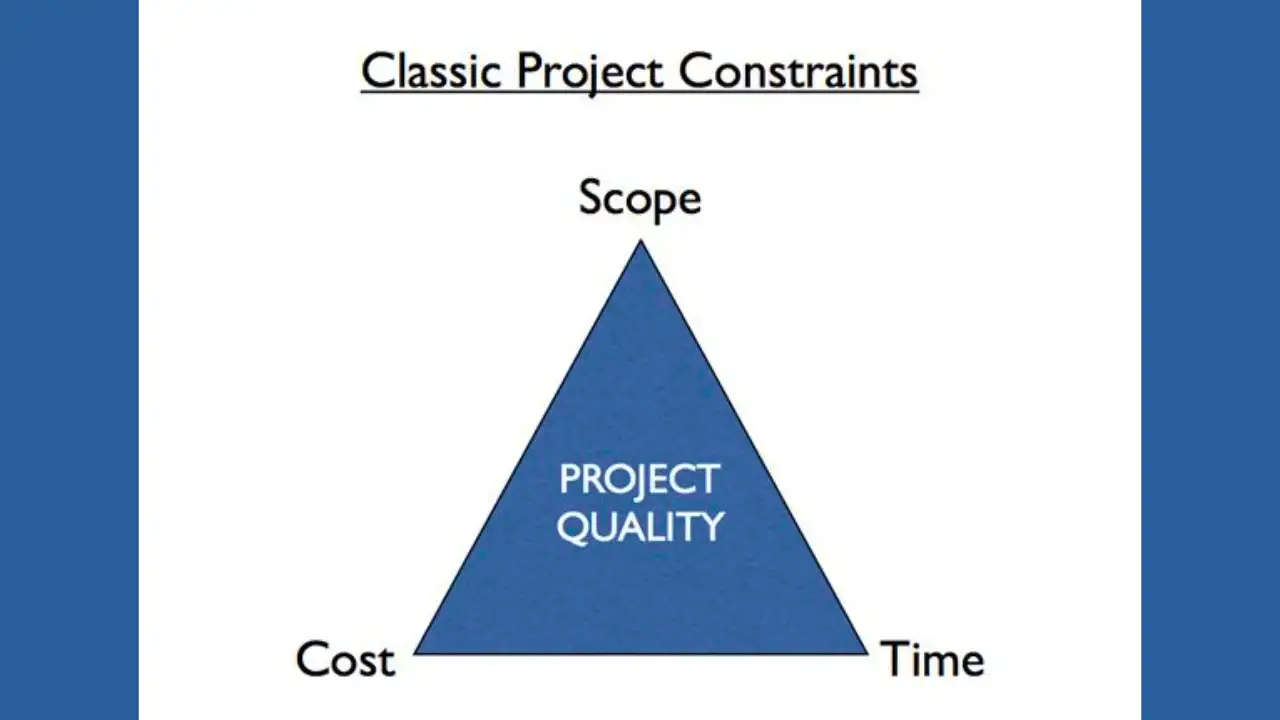Scope creep in procurement can lead to significant challenges, affecting project timelines, budgets, and overall success. Detecting and managing scope creep is crucial for procurement managers and Chief Procurement Officers (CPOs) to ensure projects stay on track. This post will explore how to detect scope creep, strategies for managing it, and best practices for preventing it in contracts.
As highlighted by McKinsey
“The tendency of projects to keep increasing in size and complexity—’scope creep’—is a threat whenever a bias toward optimism leads people to think that adding a bit more won’t be too difficult or expensive.”
This insight underscores the importance of maintaining strict scope discipline and implementing robust strategies to effectively detect and manage scope creep. By doing so, procurement managers and Chief Procurement Officers (CPOs) can ensure that projects remain on track and within budget, ultimately driving successful outcomes.
Understanding Procurement – Scope Creep in Procurement
What is Scope Creep in Procurement?
Scope creep refers to the uncontrolled expansion of project scope without corresponding time, cost, and resource adjustments. In procurement, this often means additional requirements or changes that were not initially agreed upon, leading to inefficiencies and cost overruns.
Common Causes of Scope Creep in Procurement
- Poorly Defined Requirements: Ambiguous project requirements can lead to misunderstandings and additional work. When requirements are not clearly outlined from the start, it leaves room for various interpretations and additions that were not initially planned.
- Stakeholder Changes: New stakeholders or changing priorities can introduce new requirements or alterations that were not part of the initial agreement. This can occur when different stakeholders have varying expectations and goals, leading to constant changes in the project scope.
- Inadequate Change Control Processes: Even minor adjustments can lead to scope creep without a robust change management process. A lack of formal procedures to evaluate and approve changes means modifications can be made without fully understanding their impact on the project’s scope, budget, and timeline.
How to Detect Scope Creep in Procurement
Early Warning Signs of Scope Creep
- Frequent Changes: If stakeholders constantly ask for new features or modifications that were not part of the original plan, it clearly indicates that scope creep is occurring. This often happens when initial requirements are not well-defined or documented.
- Missed Deadlines: Regularly missing deadlines due to new tasks being added without adjusting the timeline is a strong indicator of scope creep. Introducing additional work without proper time management disrupts the project’s schedule and delays.
- Budget Overruns: Consistently exceeding the budget to accommodate additional work suggests that the scope expands beyond initially planned. This often results from not properly accounting for the cost implications of scope changes.
Read more: Leveraging GenAI for Smarter Contract Negotiation and Risk Management
Tools and Techniques for Detecting Scope Creep
- Project Management Software: Tools like MS Project, Trello, or Asana can help track changes and their impact on the project. These tools provide a centralized platform to document changes, monitor progress, and ensure deviations from the original scope are identified and managed effectively.
- Regular Audits: Conducting regular audits of the project scope and comparing it to the original plan can help detect scope creep early. Audits involve reviewing project documentation, tracking changes, and assessing their impact on the project’s scope, budget, and timeline.
- Stakeholder Reviews: Frequent reviews with stakeholders to discuss project progress and any requested changes can help manage expectations and prevent scope creep. Regular meetings ensure that everyone is aligned on the project scope and that any potential changes are evaluated and approved collectively.
Managing Procurement Scope Creep
Strategies for Effective Scope Management
- Clear Scope Definition: Initially, clearly define the project scope and ensure all stakeholders understand it. This involves documenting all project requirements, deliverables, and boundaries and securing stakeholder agreement to set clear expectations.
- Robust Change Control Process: Implement a change control process to evaluate and approve changes. This process should include formal procedures for requesting, evaluating, and approving changes and assessing their impact on the project’s scope, budget, and timeline.
- Regular Communication: Maintain open and regular communication with all stakeholders to manage expectations and changes. Regular updates on project progress, challenges, and any potential changes help ensure that everyone is on the same page and can address issues promptly.
Preventing Scope Creep in Contracts
- Detailed Contracts: Ensure contracts are thorough and include clauses that address scope changes. Contracts should clearly define project requirements, deliverables, and boundaries and include provisions for handling changes to the project scope.
- Scope Management Plans: Develop a scope management plan that outlines how changes will be handled. This plan should include procedures for requesting, evaluating, and approving changes and guidelines for managing stakeholder expectations and communication.
- Stakeholder Agreements: Obtain written agreements on the project scope and any changes. These agreements should clearly define the project requirements, deliverables, and boundaries, as well as any approved changes to the project scope.
How to Prevent Scope Creep in Procurement Projects
Best Practices for Preventing Scope Creep
- Set Clear Objectives: Clearly define project objectives and deliverables at the start. This involves documenting all project requirements, deliverables, and boundaries and ensuring that all stakeholders understand and agree on these elements.
- Regular Monitoring and Reporting: Continuously monitor project progress and report on scope, time, and budget. Using project management tools to track changes and their impact on the project and conducting regular audits and stakeholder reviews can help ensure alignment on project scope.
- Stakeholder Engagement: Keeping stakeholders engaged and informed throughout the project lifecycle is key to preventing scope creep. Regular updates on project progress, challenges, and any potential changes help ensure that everyone is on the same page and can address issues promptly.
Read more: Ultimate Guide to Contract Management: Benefits & Best Practices
Conclusion
To ensure successful project outcomes, procurement managers and CPOs are essential to detecting and managing scope creep. As procurement projects grow increasingly complex, the risk of scope creep can undermine even the best-laid plans. By understanding the common causes, such as poorly defined requirements and stakeholder changes, organizations can take proactive steps to mitigate these risks.
Implementing robust management strategies, such as clear scope definition, a formal change control process, and regular communication with stakeholders, is critical. Detailed contracts and scope management plans can prevent scope creep by setting clear expectations and procedures for handling changes.
Explore Zycus’ Contract Management Software Powered by Generative AI
At Zycus, we understand the challenges of managing procurement projects and the importance of preventing scope creep. Our advanced procurement solutions are designed to help you maintain control over your project scope, streamline your processes, and ensure successful outcomes. To see how Zycus can support your procurement needs, book a demo today and discover the difference our technology can make for your organization.
Related Reads:
- 10 Best Practices for Procurement Managers
- Ultimate Guide to Contract Management: Benefits & Best Practices
- The Greatest Contract Ever Signed
- Contract Management Software
- Analyst Report: Contracts as a Connector – The case for improved contract management
- White Paper: The Why, What & How of Contract Management
- The Paradigm Shift in Contract Lifecycle Management: Why 2024 Demands a Rethink of Your CLM Strategy






































